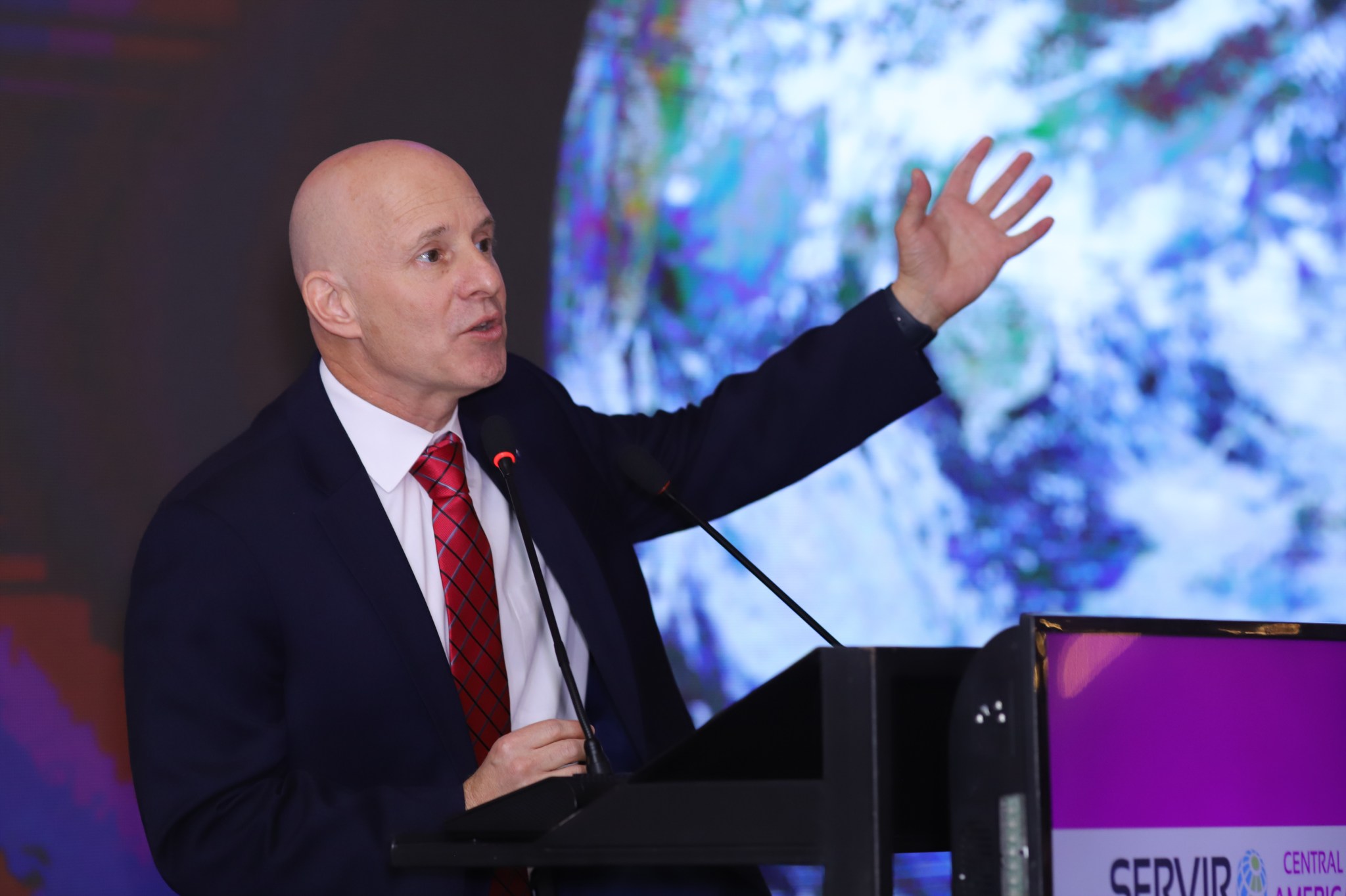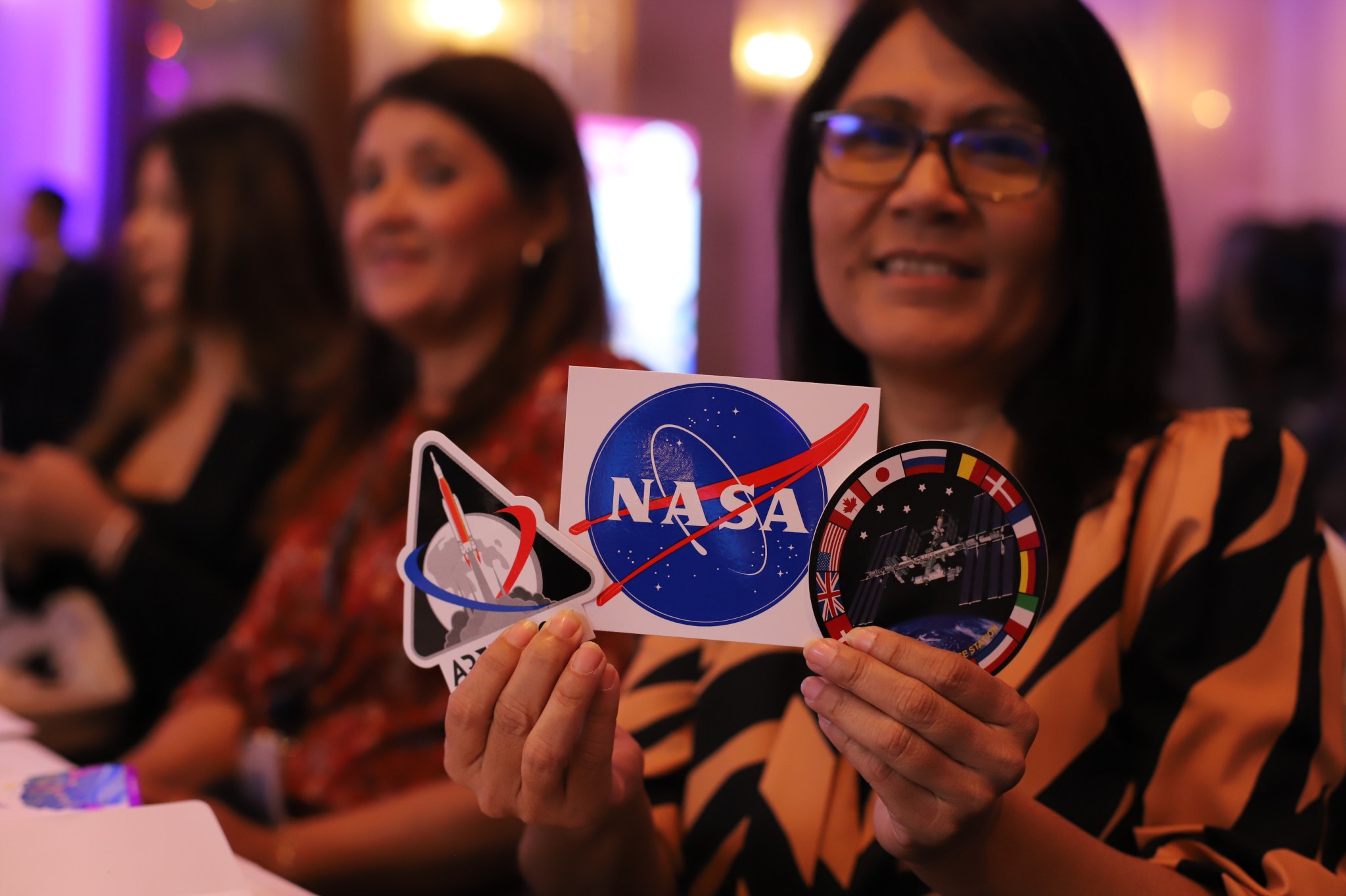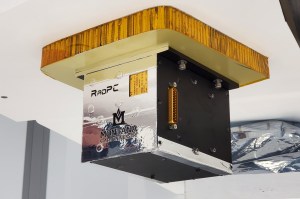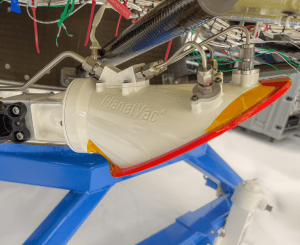SERVIR, NASA’s flagship partnership with the U.S. Agency for International Development (USAID), launched a new regional center, or hub, in Central America on Dec. 3. The new hub is in partnership with the Tropical Agricultural Research and Higher Education Center in Turrialba, Costa Rica, and is supported by the USAID Central America and Mexico Regional Program. The launch event took place in San Salvador, El Salvador.
The event introduced guests to the structure and mission of the new hub, featuring remarks from SERVIR Global Program Manager Dan Irwin and video overviews of some of its planned projects. Karen St Germain, director of NASA’s Earth Science Division and U.S. Ambassador to El Salvador, William H. Duncan, provided recorded remarks congratulating the new program.
Central America holds a special place in SERVIR’s history. Over three decades ago, Dan Irwin, research scientist at NASA’s Marshall Space Flight Center in Huntsville, Alabama, and SERVIR’s founder and Global Program Manager, was working in Guatemala to use satellite data to map a new forest reserve. During this time, Irwin met with representatives from Central American environmental ministries to demonstrate how NASA Earth data could help to address environmental challenges and reduce disaster risk.
“In this meeting, I realized that NASA has a vast library of Earth data, but this information wasn’t being used by experts across the globe who have the best understanding of local development issues. I wanted to find a way to bridge that gap,” Irwin shared.
Under Irwin’s leadership, NASA and USAID partnered to create the SERVIR program, which was formally established in 2005. SERVIR’s mission is to “connect space to village,” increasing global access to NASA Earth data to support locally led environmental and development efforts.
SERVIR soon expanded its partnerships across the globe, with regional hubs in South America, Asia, and Africa.
SERVIR Central America will work to serve more than 40 million people throughout the region, collaborating with governments, universities, and civil society organizations to support existing natural resource management and development decision-making. The hub will support resilience against environmental challenges including hurricanes, droughts, deforestation, and biodiversity loss.
SERVIR Central America will also strengthen the region’s technical capacity to use Earth observations and promote opportunities in science, technology, engineering, and math. The hub will expand the use of geospatial technology by young people and other groups with limited access to these tools.
“The launch of SERVIR Central America marks a milestone in the collaboration between space-based technology and Central America’s local needs,” said Irwin. “This initiative represents NASA and USAID’s commitment to putting advanced technology at the service of the region.”
To learn more about SERVIR, visit:
Elizabeth Vlock
Headquarters, Washington
202-358-1600
elizabeth.a.vlock@nasa.gov
Lane Figueroa
Huntsville, Alabama
256.544.0034
lane.e.figueroa@nasa.gov



































